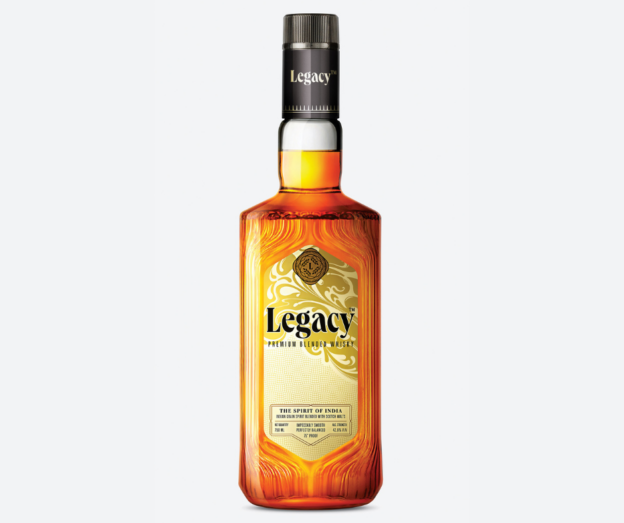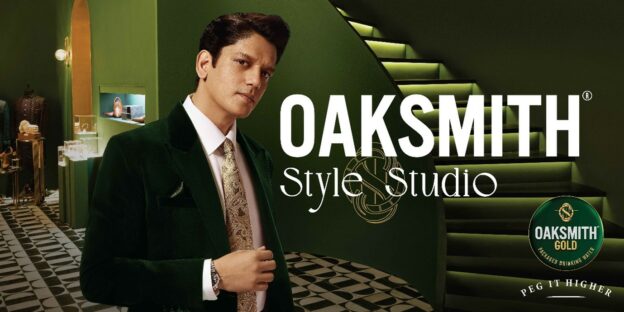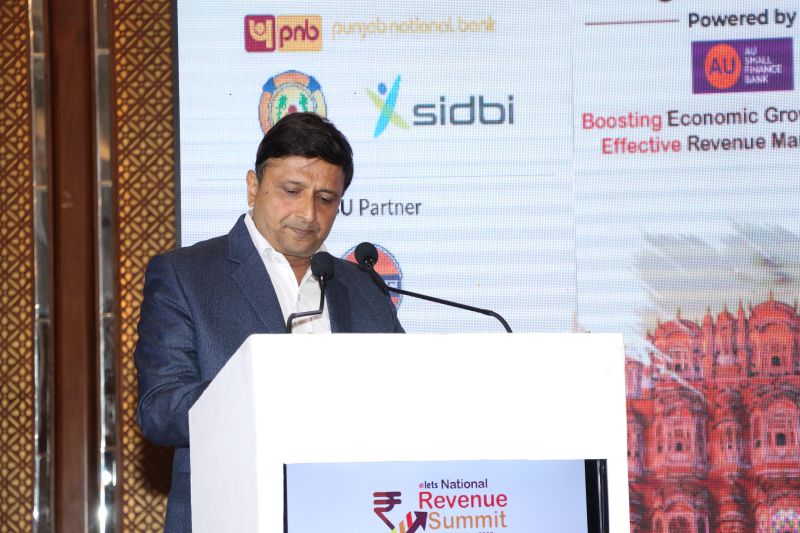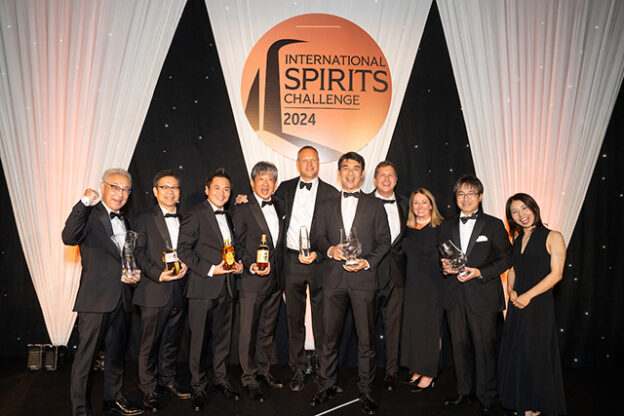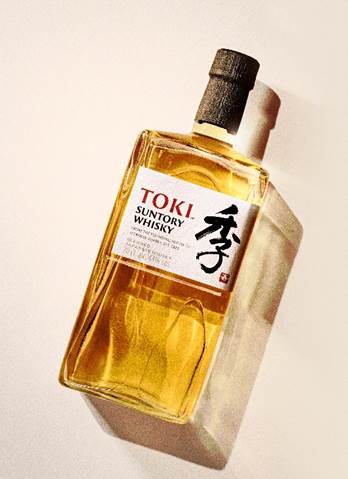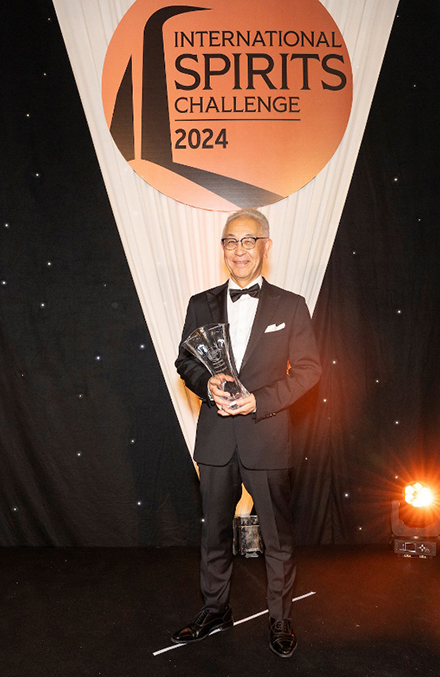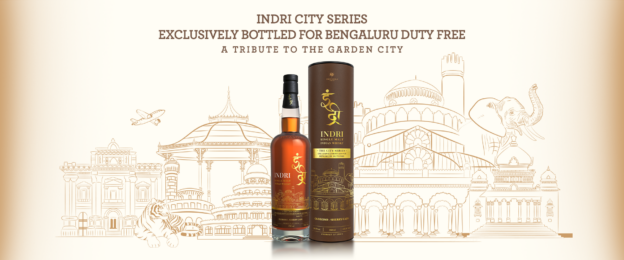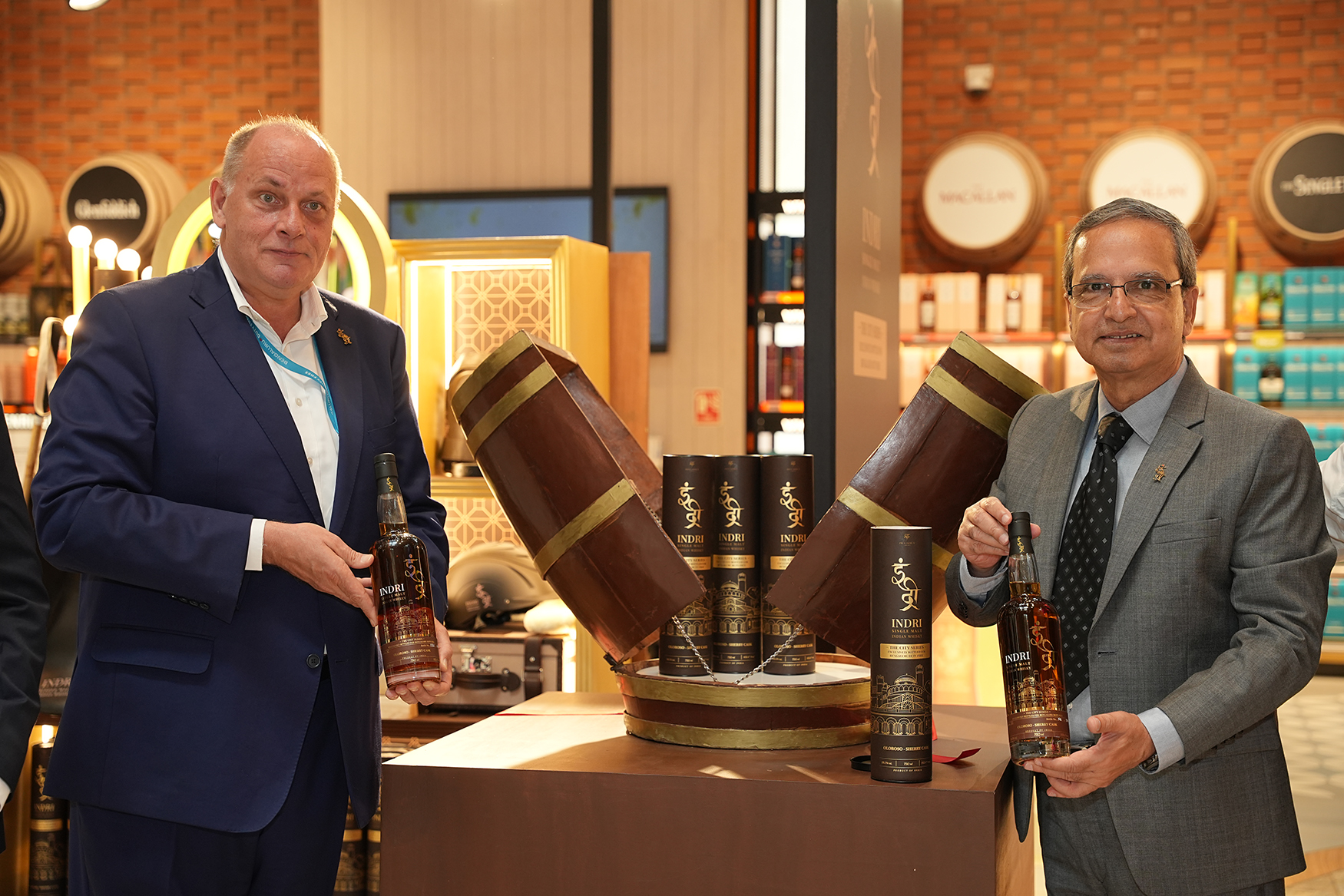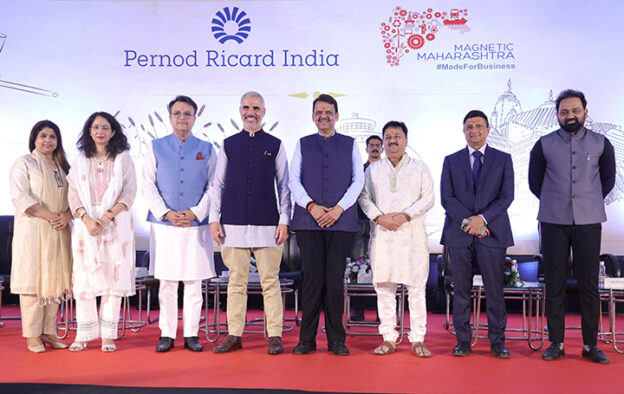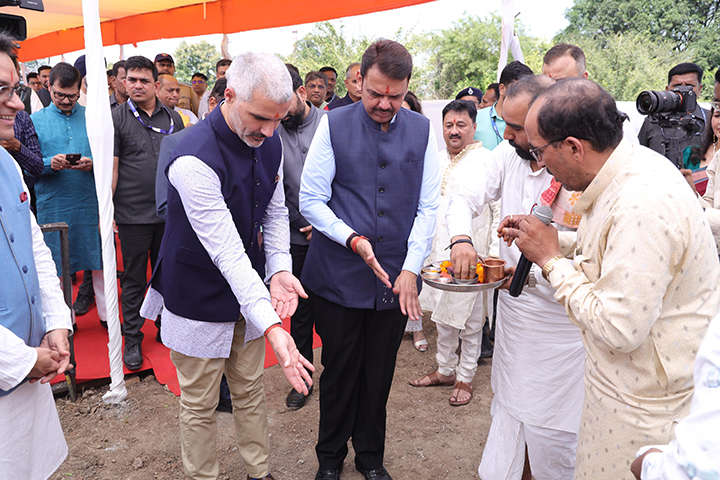Marking a milestone in India’s brown spirits segment, Bacardi in India announces the pan-India expansion of Legacy, its first-ever made-in-India whisky. Following its success in debut areas, the whisky will now reach new markets across Goa, Pondicherry, Jharkhand, Odisha, Meghalaya, Assam, Tripura, Arunachal Pradesh, Kerala, and Rajasthan – highlighting Bacardi’s commitment to India, one of its fastest-growing markets globally.
Introduced in 2022, LEGACY offers a one-of-a-kind blend of Indian and Scottish malts with Indian grains, delivering a smooth, balanced whisky tailored to the discerning Indian palate. Embodying the culture and passion of India in its flavour, make and narrative, the whisky has received an extraordinary response since its debut. Capitalising on the positive momentum, this expansion represents a strategic investment in Bacardi’s ambitious vision for growth in the country.
Elated to announce the expansion of LEGACY, Vinay Golikeri, Managing Director, Bacardi in India, said, “Our unwavering commitment to creating exceptional experiences for the discerning Indian consumer has established a legacy of excellence in innovation – one that we aim to uphold with each and every one of our offerings. Legacy, our inaugural premium Indian-made whisky, has resonated deeply with new-age enthusiasts seeking quality, homegrown expressions – driving us to amplify our investments and expand Legacy nationwide. This expansion not only fortifies our brown spirits portfolio in the country but also underscores our dedication to exceeding Indian consumers’ expectations with each new market unlocked in this thrilling journey.”
India is one of the fastest-growing alcoholic beverage markets globally. For locally made whisky, the consumption is at an all-time high, having risen tenfold in the past 30 years and doubled since 2010 (IWSR 2023). Strengthening the presence of LEGACY across the country, Bacardi’s investments in the market will help the alcobev giant tap into the large consumer base seeking options in the premium Indian whisky segment.
Sharing her excitement, Ayaesha Gooptu, Category Head, Domestic Browns & RTD, Bacardi in India, said, “India’s whisky-loving community is thriving, especially when it comes to local whiskies, which are enjoying record-high consumption nationwide. Our newest innovation, LEGACY, blends Indian and Scottish malts with Indian grains, creating a distinctively Indian taste that has quickly won over India’s vibrant whisky loving community. With their affinity for quality homegrown spirits on the rise, we are thrilled about this new leg of our journey in strengthening the legacy of brown spirits across the country, with our crafted in India, for India innovation – Legacy.”
Legacy is available in three sizes (750ml, 375ml, and 180ml) in key markets across Haryana, Punjab, Uttar Pradesh, Rajasthan, Jharkhand, Meghalaya, Assam, Tripura, Arunachal Pradesh, West Bengal, Odisha, Maharashtra, Telangana, Kerala, Pondicherry and Goa – showcasing Bacardi’s commitment to India as one of its top priority markets worldwide. The made-in-India premium blended whisky was also recently awarded ‘Best IMFL Premium Whisky’ at the 16th edition of the mega alcobev event, INDISPIRIT 2024.

